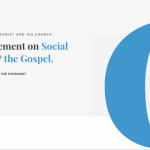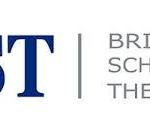It is imperative that anyone training for Christian ministry seriously starts wrestling with a theology of disability. If you are going into pastoral ministry, you will be in a church where there will be many people who are either born with a disability, acquire a disability by illness or accident, or else age into disability. As shepherds of the flock you need to know how the word of grace speaks the disabled and their carers, and how the churches can actively care for the most vulnerable in their midst. In an age where, in many parts of the world, the disabled are gradually being pushed towards euthanasia as the preferred option to eliminate their emotional and economic “burden” upon others, the church must resist the secular cultures of death and advocate for the vulnerable with the full weight of its testimony, advocacy, pastoral ministry, and love-in-action. The words of John Kilner are particularly apt:
[P]eople with special needs due to disabilities warrant special care and welcome. They have an image-based dignity that does not waver, regardless of their ability or potential ability. Christ, God’s image, models God’s embrace of disability on the cross … through a resurrected but wounded body. All humanity shares in such woundedness and vulnerability in a variety of forms – physical, mental, moral, and spiritual – without losing the dignity of being created in the image of God. Whoever would treat those with disabilities as God does must view them in terms of their destiny as well as their dignity – in terms of God’s intention for them to be a divine reflection as well as their special connection with God. Their glorious renewal according to God’s image in Christ si sure if they are believers and still offered them if they are not (yet).[1]
[1] Kilner, Dignity and Destiny, 320-21.












